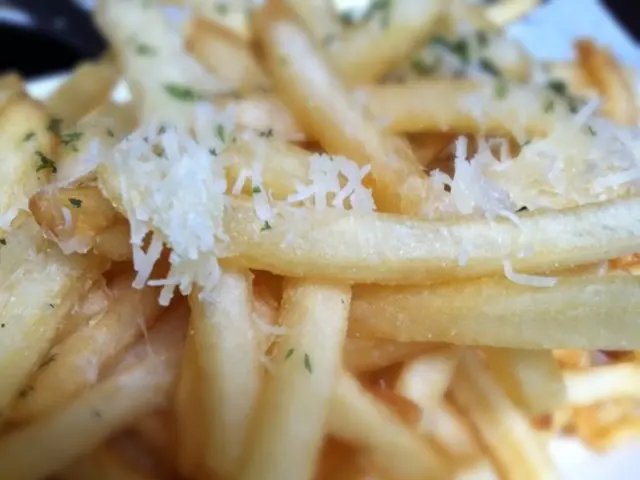Strategies for Brewing Nearly Sweetener-Free Kombucha
Tired of the sugar overload in store-bought drinks? Here's how to make kombucha with less sugar (or none at all, almost!). Follow these 6 simple tips and Jones Soda will be a thing of the past!
Kombucha is a fermented beverage made from sweet tea. microorganisms in the kombucha scoby consume a good chunk of the sugar during fermentation, leaving only a small amount in the drink. Even so, it's still lower in sugar than most store-bought carbonated beverages or fruit juices.
Worried about sugar intake? Fear not! Homemade kombucha has just 12 grams of sugar per 250ml, compared to vitaminwater®'s 12 grams, cow's milk's 14 grams, and coconut water's 14 grams. Energy drinks and 100% apple juice, on the other hand, pack 15 grams and 25 grams of sugar per 250ml, respectively. Carbonated beverages top the list with an astonishing 27 grams of sugar per 250ml.
A traditional homemade kombucha has approximately 2-3 times less sugar than fruit juice or carbonated beverage. However, some people are looking to reduce the sugar content further for health reasons. Here's how you can do it:
1. Reduce the Initial Sugar Amount:While sugar is essential for making kombucha, you can slightly reduce the initial amount. Traditional kombucha requires 200g of sugar for 3L of drink. You can go as low as 150g (3/4 cup) of sugar for 3L of kombucha, but don't go below that! If you're not a fan of sugar, try using maple syrup or honey.
2. Extend Fermentation Time:To reduce residual sugar, ferment the kombucha longer than usual. This gives the microorganisms more time to consume sugar. Be careful not to let it ferment too long, though, as it can taste too vinegary.
3. Increase Fermentation Temperature:Heat stimulates the speed of kombucha fermentation. Higher temperatures consume sugar faster and slow down acidification. Aim for temperatures between 27°C and 35°C.
4. Use Kombucha as Vinegar:Did you know that in the past, kombucha used to be consumed as vinegar? This vinegar was appreciated for its benefits and taste. Kombucha vinegar is obtained by fermenting kombucha for at least 70 days and results in a powerful, low-sugar drink.
5. Flavor Kombucha With Herbs and Infusions:Experiment with strong-tasting herbal teas, herbs, and spices to enhance the taste of the kombucha while reducing the sugar content. Be careful not to add fruit juice or syrups, as they contain high amounts of sugar.
6. Dilute the Kombucha Before Drinking:Combine kombucha with herbal tea or unsweetened tea to dilute it and reduce the sugar content. This is the easiest and most convenient method for reducing sugar. Just be sure to store the finished product in the refrigerator to slow down fermentation and prevent further sugar consumption.
In summary, to make a less sweet kombucha, you can extend fermentation time, increase fermentation temperature, and dilute the drink before drinking it. If you want to reduce the initial sugar amount, use alternative sweeteners like maple syrup or honey or experiment with jun, a kombucha made with honey.
For more information on sugar, see our article on the best sugars for kombucha. Good luck!
- By reducing the initial sugar amount in the kombucha recipe, you can create a healthier version of this fermented beverage that aligns well with a healthy-diets lifestyle.
- As part of maintaining a balanced food-and-drink intake, consider incorporating kombucha as a sugar-reduced alternative to popular store-bought drinks, such as vitaminwater, cow's milk, coconut water, energy drinks, and fruit juices.
- To follow a science-based lifestyle with a focus on health-and-wellness and fitness-and-exercise, try utilizing kombucha as a tool in your healthy-diets and cooking practices, rather than relying on sugary beverages.
- After learning how to make and tweak your kombucha recipe, you might even find yourself exploring the world of nutrition, researching different herbs and spices to infuse in your kombucha, further solidifying your commitment to a healthy lifestyle through experimentation and learning.








